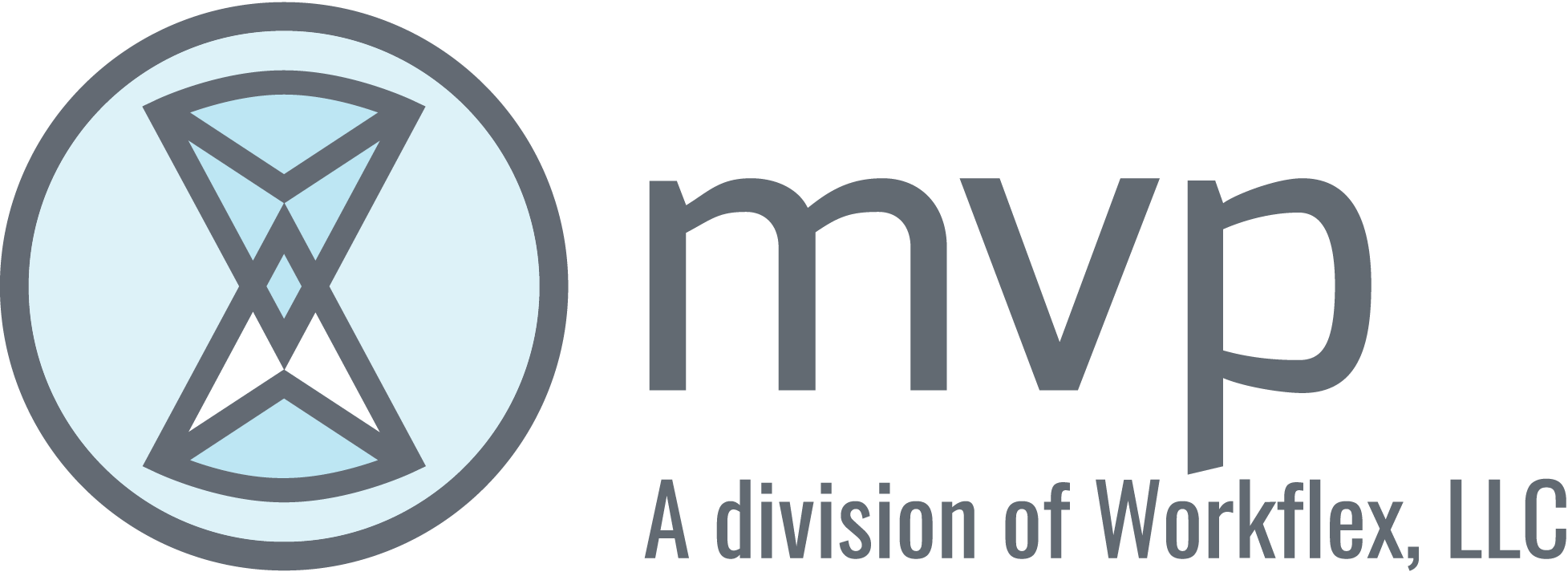Month 20
TOOLS FOR THE RACIAL EQUITY CHANGE PROCESS

Month 20 Challenge
Over the past 19 weeks, we have learned how racial inequities permeate our communities on individual, institutional and systemic levels. We are all impacted by the system of racism in our country and therefore all responsible for dismantling the structures that allow it to persist. To be antiracist is a radical choice in the face of history. But change is possible and there are many tools we can employ as individuals and organizations to drive individual and community transformation. We will highlight a few of these tools below but encourage you to explore Racial Equity Tools, a comprehensive site of resources designed to support learning, planning, acting, and evaluating efforts to achieve racial equity.
Creating equitable outcomes also requires that we change the way we talk about members of our community, focusing on their aspirations rather than their challenges. In practice, this is called asset-framing and uses narratives to change the unconscious associations ingrained in our society. The opposite practice of deficit-framing, or defining people by their challenges, encourages continued stigmatization of groups of individuals. The words we use, the language we use, matters.
Please choose two or more of the below activities to complete:

ACTIVITY 1
Learn more about how the Skillman Foundation is using asset-framing in their work with Detroit Children, and watch videos from Trabian Shorters, founder and CEO of BMe Community, discuss how to put asset-framing into practice. Then read this Beginner’s Guide to Asset Framing to learn more about how our communication impacts our ability to achieve racial equity.

ACTIVITY 2
Read this short article about resilience and its association with the strengths within communities of color.
Select
ACTIVITY 3
Work to become antiracist and learn from Ibram Kendi. Explore how you feel and what the reading taught you, write down questions you have, and check out the next book to read!
Select
ACTIVITY 4
One of the best ways to continue to build empathy and learn about race is to start a conversation. Read Race Forward’s 10 Ways to Start a Conversation About Race, then start a conversation with friends, family, school, and work colleagues.
Select



